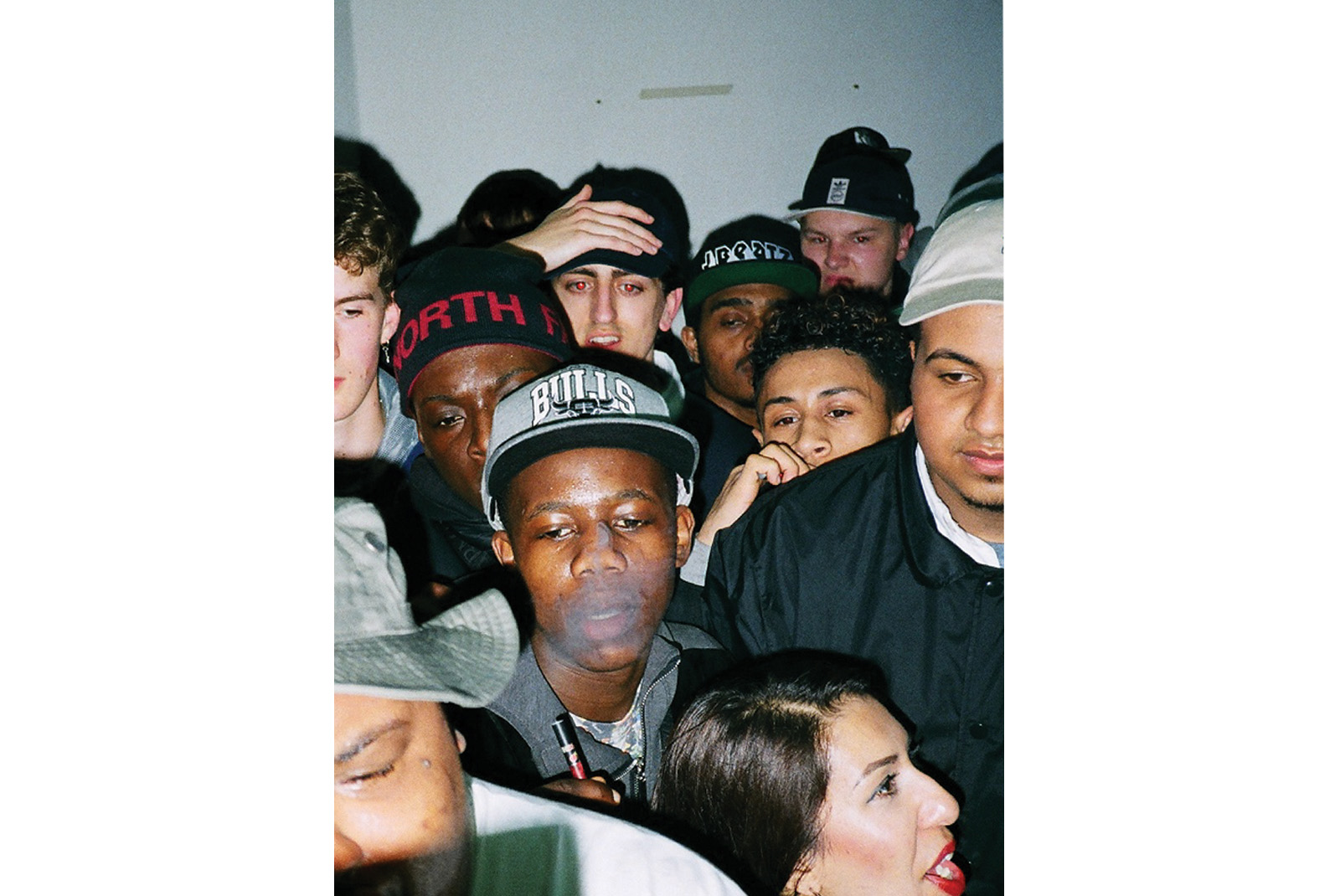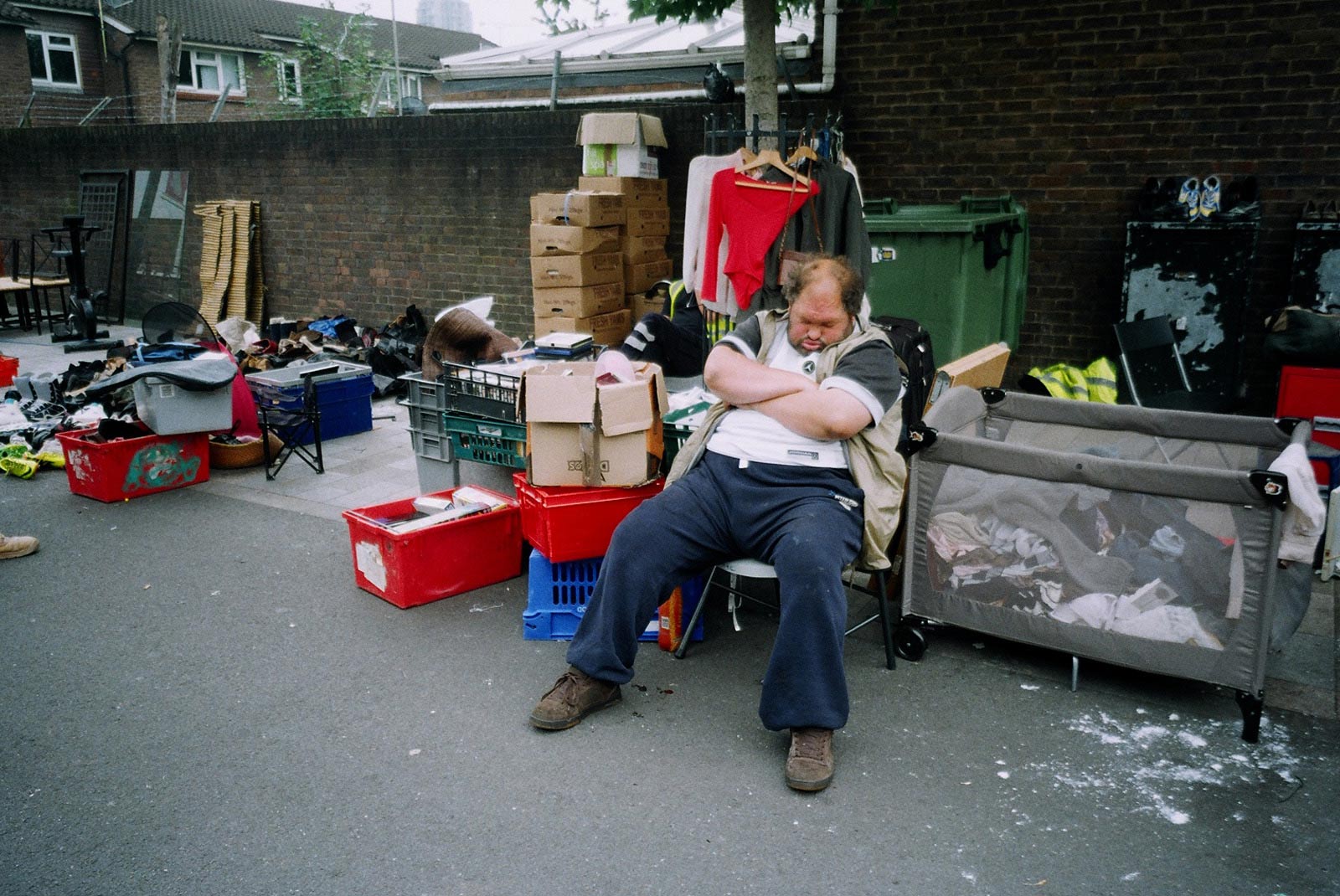Independent Photography Festival 2015, London
Capturing subcultures and more through a multi-gallery celebration


For the fourth year in a row, the Independent Photography Festival (IPF) has gathered a crop of fresh photographers to take an in-depth look at what’s happening on the indie photography scene right now. This year marks the Australia-based festival’s inaugural global edition, with events having taken place in New York in September, LA in October, Melbourne earlier this month, and at the current 11-day showcase in London. It’s an initiative that the UK capital, which is getting more and more into photography, has been crying out for: a chance to see new photos hung on walls, rather than just posted online, take part in photo-based workshops, and get a feel for what other emerging creatives are coming up with in the city right now.

Joe Miranda, co-founder of photography platform Hard Workers Club (which spearheads IPF) explains, “Last year we reached a place wherein we had presented three years of programs and it sort of became its own ceiling—we were making great work with amazing artists and creators and producers, but outside support wasn’t where it needed to be to give us the resources we felt we should have access to. Along with the desire to connect with the people we had been working with from overseas (on the Melbourne programs) in their own spaces, we knew we had to break out of the AU-focused environment or go bankrupt from the lack of domestic financial support available to us, because of the idea that Australia’s market is too small for legit brand investment.”

IPF reached out to artists and producers in the US and UK, and the result is a festival that has a truly collaborative feel. Its creators aim to maintain the emphasis on “live” photography, in order to engage with the physicality of the space in which the work is presented. Miranda continues, “We’re advocates for online platforms—they’re the farthest reaching and most affordable technically—but we’re also firm believers in analog, human interaction, open dialogue, and all the people and engagement those processes offer.”

That focus on human interaction was evident at one of the London festival’s first exhibitions, Luke Overin’s “Ultimate Metal Breakdown,” shown at the 71A Gallery. The gallery is fast becoming something of a go-to space to see new London-based artists; it’s also where Polly Nor recently held her exhibition. At “Ultimate Metal Breakdown,” visitors milled around Overin’s work, pausing to look closer at a video of a participant head-banging his nose bloody or to take selfies next to the massive upside down metal fan. The foundation for the show is Overin’s relationship with Thanet, a coastal area where he’s from that encompasses Margate, a typical English seaside town. “The show is biographical in a sense, merging the notions of suburban retail parks and dead end cul-de-sacs with apocalyptic thrash metal. It forms a visual narrative out of the combination of these things and the resulting tension between these conflicting principals,” Overin says.

The show was an unabashed celebration of the passion metal heads have for their music, but also of underground scenes in general, and the sense of belonging they create. Its title comes from an old YouTube fan video for Slayer’s “Angel of Death” where, during the song’s breakdown, multicolored Comic Sans text proclaiming ‘Ultimate Metal Breakdown’ flashed on the screen. “I thought it was funny, imagining all those metal heads out there making their own fan videos to their favorite songs and despite starting out as an in-joke, I think the title has universal connotations—especially to people who might have been involved in subcultures over the course of their lives,” the artist continues.

The chance to get a closer insight into British subcultures is one of the festival’s draws, as IPF is working with a multitude of exciting photographers. Overin recommends Pani Paul, who also documents the UK underground skateboarding scene in his “Mile End” book and show on 26 November at the same venue, 71A Gallery. As he notes, “It’s been years in the making and is a huge body of work and immensely heart warming to see. Skateparks are places of refuge and escape from the oppression of the outside world and city; this is so evident in [Paul’s] project, it’s going to be great.”

Ultimately, IPF works as both an opportunity for London-based photographers to celebrate each other’s work and a chance for outsiders and fans to discover new favorites. “People should go and see shows in the flesh. It’s easy to fall into just looking at galleries and exhibitions through a screen and then feeling like you’ve seen them. I still think the act of viewing the physicality of a show is important too, how works operate within a set space,” Overin concludes.
IPF London is on now until 29 November 2015.
First five images by Luke Overin, sixth set by Kat Hanula, final image by Sam Dearden












